Secret Satellite (1996)
Documentary that explores the birth and growth of satellite espionage.
Documentary that explores the birth and growth of satellite espionage.
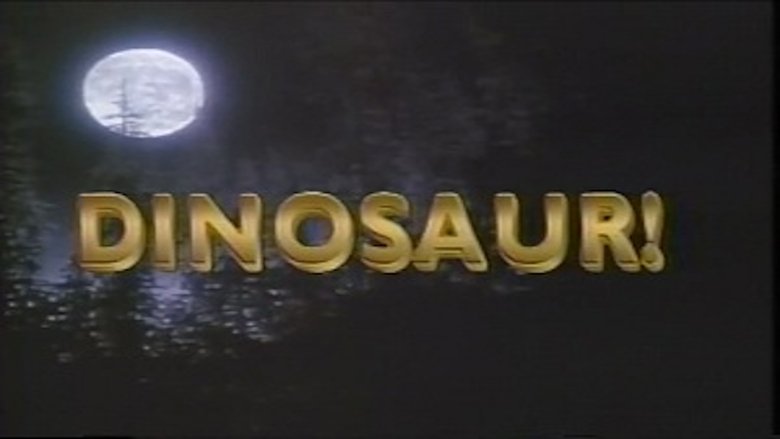
An entertaining documentary look at dinosaurs with Emmy Award-winning special effects, feature film clips and stills, commentary by leading paleontologists of the time, and an on camera as well as voice-over narrative by Christopher Reeve. Shot on location in Los Angeles and New York at the American Museum of Natural History
Explores the plans for the construction of the monumental dam on China's Yangtze River, the structure that when completed in 2009 will become the Three Gorges Dam. It is slated to be 610 feet high, 1.3 miles across, creating a reservoir 400 miles and the largest power plant in the world.
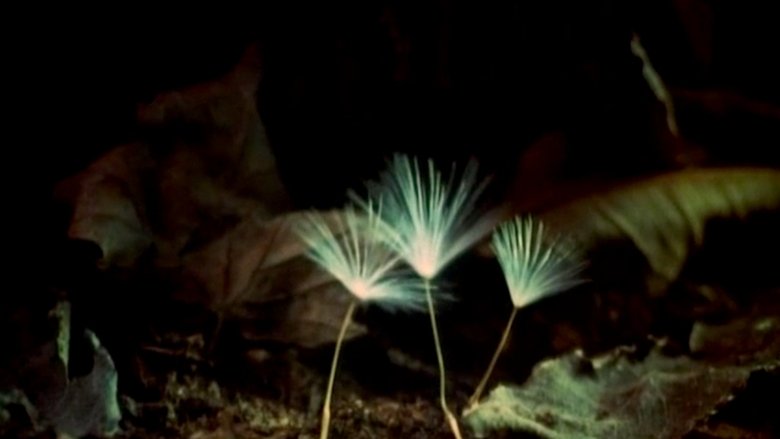
A documentary about the study of plant sentience with original music by Stevie Wonder. Utilizing time-lapse photography, the film proposes that plants are able to experience emotions and communicate with the world around them.

Coming in all shapes and sizes, bacteria are present in every corner of the Earth. Their purposes and types are even more diverse, with only 1% being truly harmful. Dive into the world of Bacteria to experience the latest discoveries and scientific knowledge surrounding these plentiful and necessary microbes.
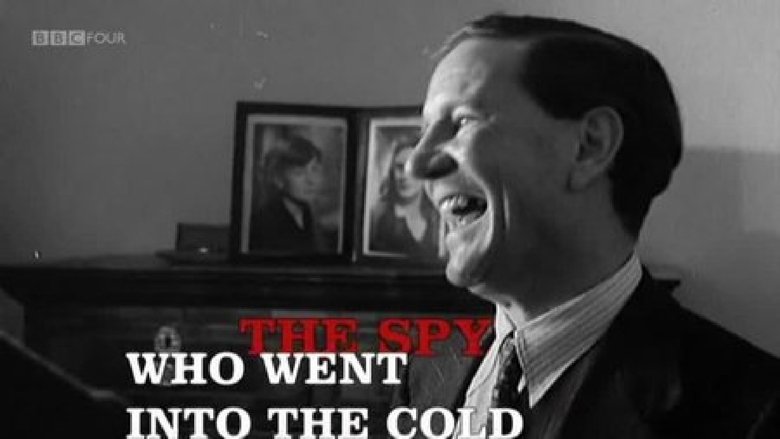
A documentary about Kim Philby, a British member of MI6 who was in reality a spy and defected to the U.S.S.R.
Consisting of a single shot, Spiders on a Web is one of the earliest British examples of close-up natural history photography. Made by one of the pioneers of the British film industry, G.A. Smith, this short film details spiders trapped in an enclosure, and despite the title, does not actually feature a web.
Filmed by Emmy Award-winning cinematographer Al Giddings, this timeless program takes a stirring look at the largest, tallest, longest-living things on the planet: trees. Stunning location footage captures the variety and the grandeur of the Pacific Northwest, the Florida Everglades, the Shenandoah Valley, and the Great Sonoran Desert. Quotations from Sierra Club founder John Muir and others who revere nature are interwoven with information on topics ranging from the function of forest ecosystems, to the effects of deforestation, to the integration of parks into urban landscapes.
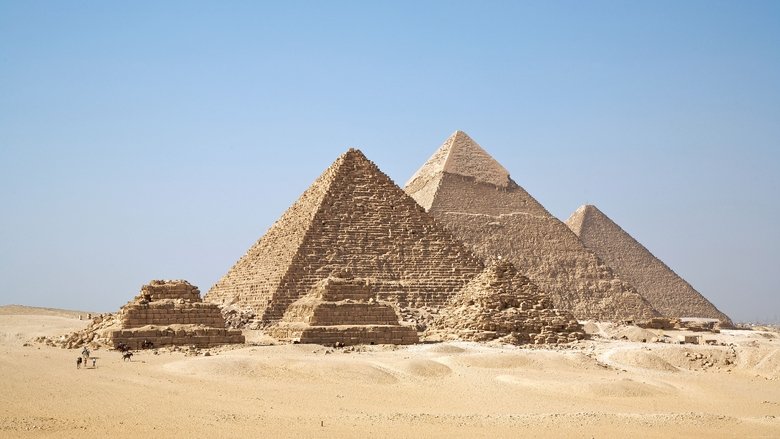
The film presents compelling evidence that Altlantis wasn't so far away after all, but what it omits is just as compelling. Although Plato’s account of Atlantian masonry, consisting of red, white and black stones, was a visually perfect match for the modern walls of the Minoan excavation site favored by the film, and his account of a sea made impassable by small islands of mud could, in fact, be a description of the rafts of pumice left by the catastrophic eruption of an ancient volcano there, little mention is made of Plato's specific account of where Atlantis was or the common root that links Atlantis to the Atlantic ocean. Also omitted is Plato's chronology placing the sinking of Atlantis in the same time frame as the end of the last ice age which caused the inundation of huge expanses of once fertile lands. Is "Atlantis: The Evidence" a thinly disguised example of Eurocentrism in the media? Watch Discovery: Atlantis for a more comprehensive view on an age-old debate.
Documentary looking at the ways which computer on-line services and the Internet have evolved, how they have been applied and the problems they can cause.
A look back at the origins of rocket science and forward to the cutting edge technology of reusable rockets and shuttles. Using computer animation, the program also explores the future of space travel that may some day carry commercial passengers or "tourists" into space.
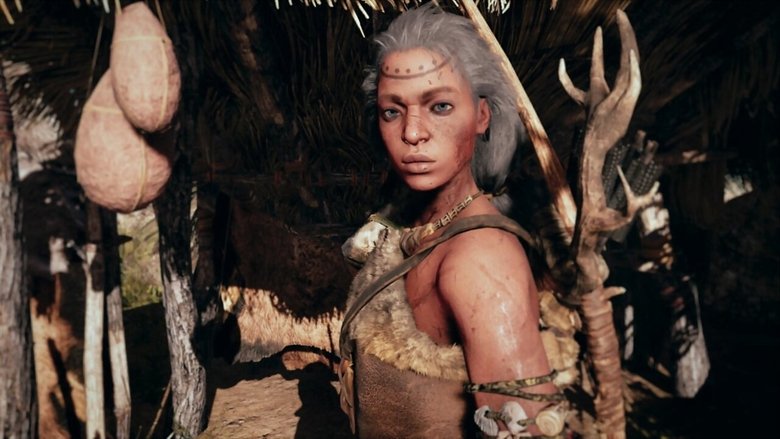
Richard Feynman is one of the most iconic, influential and inspiring scientists of the 20th century. He helped design the atomic bomb, solved the mystery of the Challenger Shuttle catastrophe and won a Nobel Prize. Now, 25 years after his death - in his own words and those of his friends and family - this is the story of the most captivating communicator in the history of science.
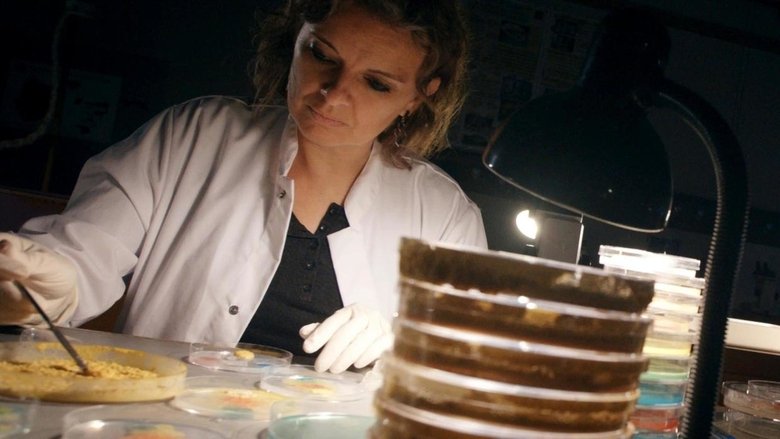
This documentary outlines the unique properties and latest studies of "Physarum Polycephalum", also known as Blob.
The story of the complex man and 75-year-old writer named Paul Gratzik, who worked as a Stasi informant in the GDR and was known as a “man of extremes”. However, after spying on friends and colleagues for more than 20 years, Gratzik decided to voluntarily expose himself in the 1980s.
For more than twenty years, Hubert Reeves has put science, his media influence, and his energy at the service of a cause: biodiversity.

A Good American tells the story of the best code-breaker the USA ever had and how he and a small team within NSA created a surveillance tool that could pick up any electronic signal on earth, filter it for targets and render results in real-time while keeping the privacy as demanded by the US constitution.
Photomicrography reveals the unusual structure and behavior of the Venus's flytrap, the trumpet plant, the cobra plant, the common pitcher plant, the sundew plant and the utricularia.
Warsaw's Central Railway Station. 'Someone has fallen asleep, someone's waiting for somebody else. Maybe they'll come, maybe they won't. The film is about people looking for something.
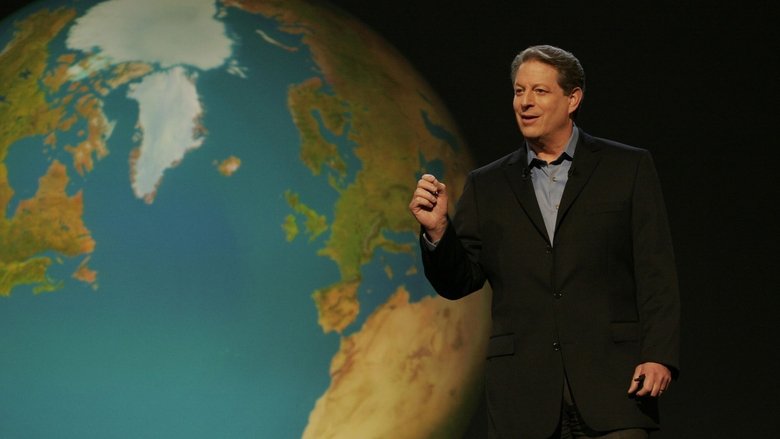
A documentary on Al Gore's campaign to make the issue of global warming a recognized problem worldwide.
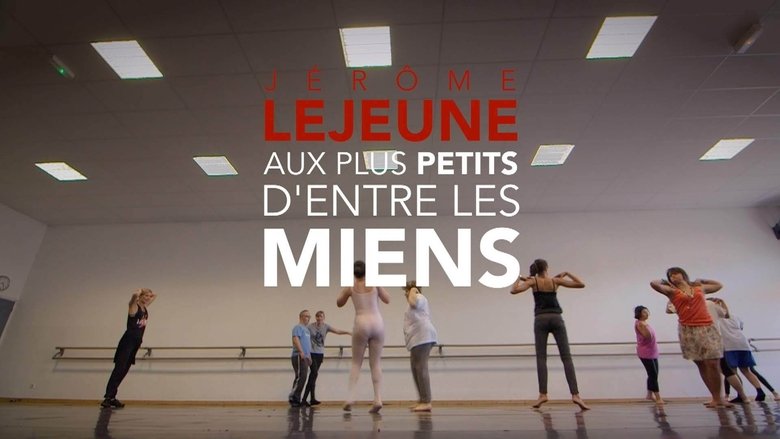
To the Least of My Brothers and Sisters is a new documentary on the life of Jerome Lejeune, the Father of Modern Genetics that was made to celebrate the 20th anniversary of his death. Filmed on two continents, it contains numerous interviews with former colleagues, families, current medical researchers, and others, all who express the importance of Jerome Lejeune in both the history of medicine and the defense of the dignity of human life.